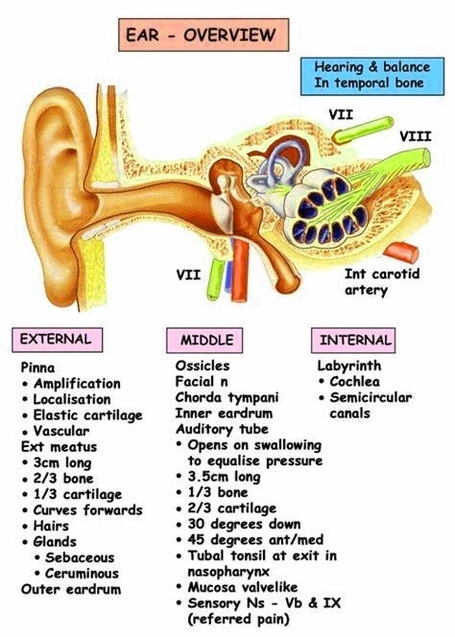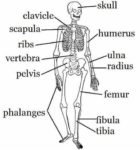Human Ear Anatomy and Physiology
The human ear is a complex organ that serves two primary functions: hearing and maintaining balance. It consists of three main parts: the outer ear, the middle ear, and the inner ear.
Outer Ear
The outer ear comprises the pinna (or auricle), the visible part of the ear, and the external auditory canal. The pinna collects sound waves and directs them into the auditory canal. The canal then guides these waves to the tympanic membrane (commonly known as the eardrum), which separates the outer ear from the middle ear.
Middle Ear
The middle ear is an air-filled cavity within the temporal bone. It contains three tiny bones, collectively known as the auditory ossicles: the malleus (hammer), incus (anvil), and stapes (stirrup). These bones conduct sound from the tympanic membrane to the inner ear. The Eustachian tube, another component of the middle ear, links it with the back of the nose and helps equalize pressure in the middle ear, which is crucial for the correct transfer of sound waves.
Inner Ear
The inner ear, located deep within the temporal bone, is a complex system of fluid-filled passages and cavities. It consists of the cochlea, which contains the nerves for hearing, and the vestibule and semicircular canals, which contain receptors for balance. These sensory organs are specialized endings of the eighth cranial nerve, also known as the vestibulocochlear nerve.
Hearing Process
Hearing begins with the outer ear. When a sound is made, the sound waves travel down the external auditory canal and strike the eardrum, causing it to vibrate. These vibrations are then passed to the ossicles in the middle ear, which amplify the sound and send it to the cochlea in the inner ear. Once the sound waves reach the cochlea, they are converted into electrical impulses, which the auditory nerve sends to the brain. The brain then translates these electrical impulses into sound.
Balance Mechanism
The vestibular apparatus in the inner ear, consisting of the vestibule and semicircular canals, plays a crucial role in maintaining balance. It contains receptors that detect changes in position and movement, sending signals to the brain to help coordinate head and eye movements.
In conclusion, the human ear is a marvel of biological engineering, performing complex processes to enable us to hear and maintain balance. Its intricate structure and function make it a vital organ for our daily lives..


